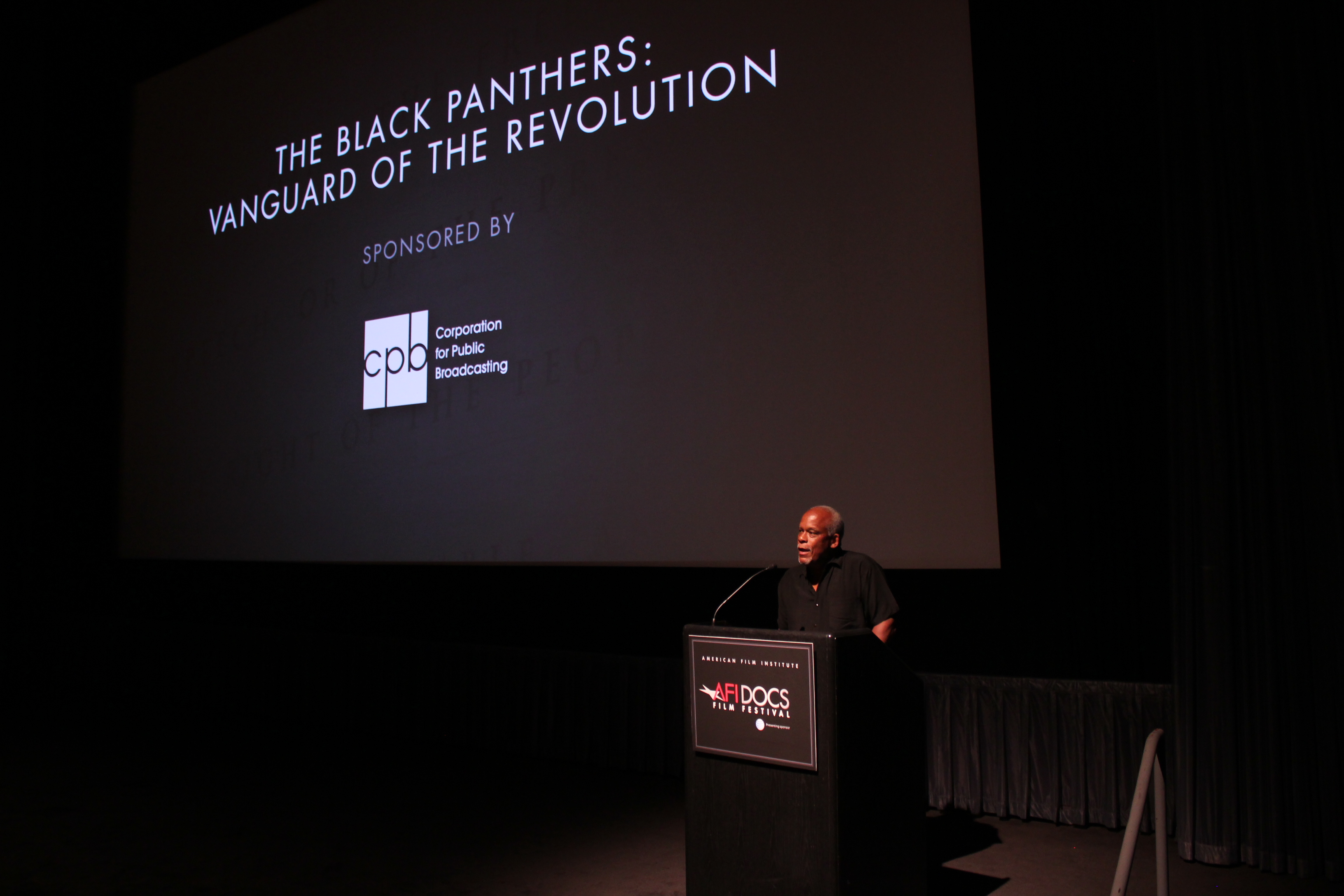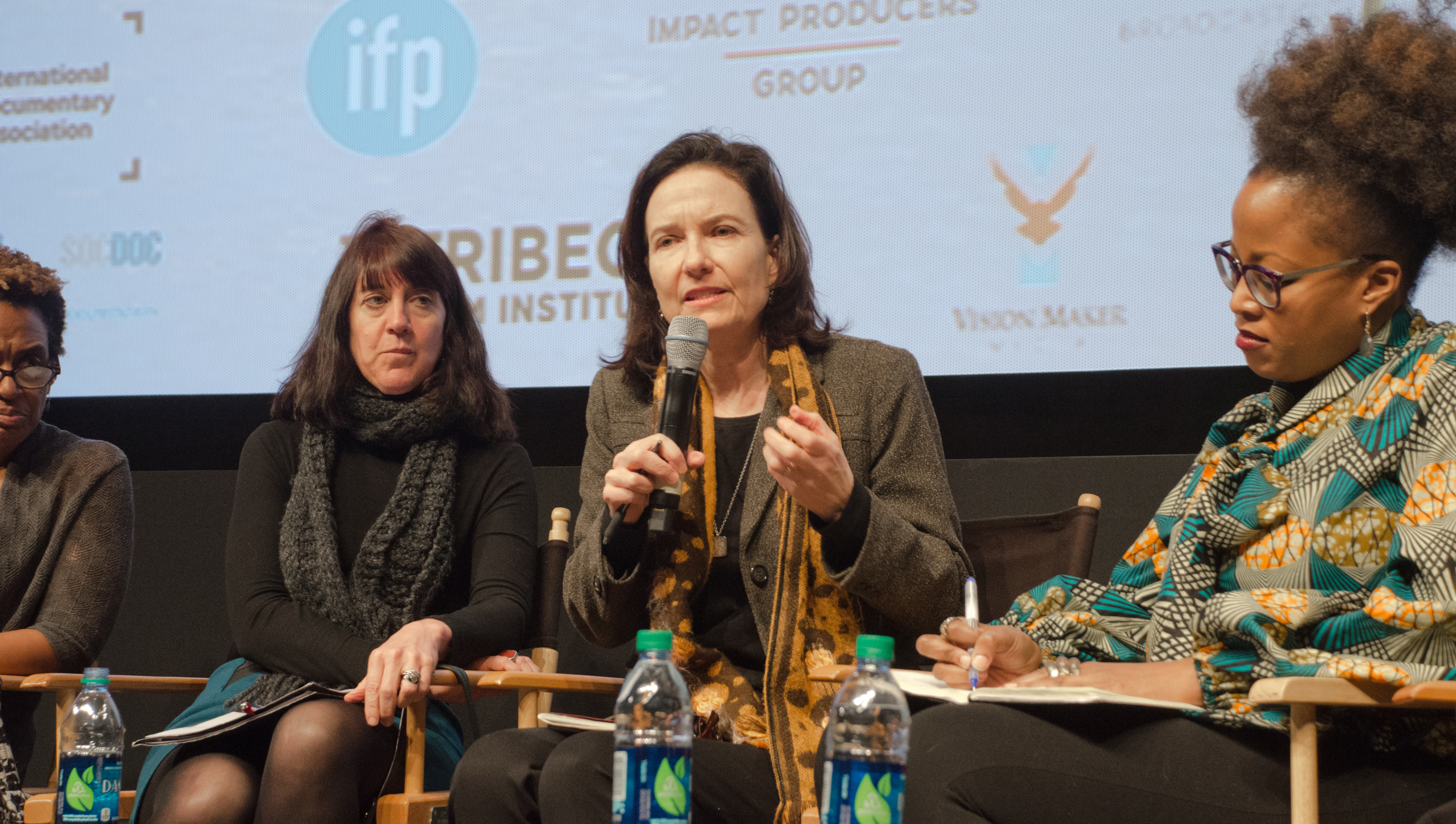Tag: Documentaries
AFI honors Stanley Nelson, public TV’s ‘filmmaker of black experience’
Though Nelson didn’t particularly take to that title.At Hot Docs, filmmakers make pitches and face brutal feedback
At the Circus Maximus of the nonfiction film world, a nod from a commissioning editor can mean financial life or death.WNET keeps indie docs on Monday nights, while PBS plans to boost promotion
PBS will also reach out directly to public TV stations that don’t air independent film showcases at feed time.The Pub #13: WNET stands by documentary rescheduling; why public media unions are spreading
WNET and PBS officials recently concluded a “listening tour” to hear the concerns of documentarians. Did it change their outlook?How Ric Burns stepped out of his comfort zone and into Ballet Theatre
With a new American Masters documentary in the wings, the filmmaker says he prefers to let his projects find him.For doc funders, broadcast on public TV remains key
Foundation funders have plenty at stake in PBS’s pending decisions about scheduling and promoting independent films.Final listening tour event taps filmmakers for ideas
Representatives from PBS spurred discussion about promotion, distribution and scheduling of independent films on public TV.Our guide to public media events at SXSW
Check our list of pubmedia-related sessions — and let us know if we missed yours.Listening tour about documentaries on PBS brings debate to WNET’s hometown
Any benefits from the town-hall-style “listening tour” that stopped here Monday courtesy of PBS and several other public media organizations were strictly ...WNET’s move to bolster viewing starts row over public TV’s mission
A dustup between independent filmmakers and the New York City station has co-opted a national "listening tour."Filmmakers, subjects testify to value of independent documentaries on PBS
Testimonials from a wide variety of passionate speakers were followed by assurances from panelists that those voices were being heard.The Pub, Episode 6: WWFD (What Would Fred Rogers Do?), PBS documentaries in danger, David Carr on ...
This week, we contemplate how much children’s public television has changed since Fred Rogers’ day, and the news isn’t all bad — ...Firelight Media receives MacArthur grant for reserves, innovation fund
Firelight Media, based in New York, gets $500,000 to expand its reserves and establish an innovation fund to experiment with digital storytelling ...Filmmakers push for common carriage at first stop in public TV ‘listening tour’
The discussion was friendly, but emotions ran high as filmmakers and public TV executives examined their often stormy relationship.New York’s WNET to pull documentary showcases from Monday nights on main channel
The station later delayed its plans.















